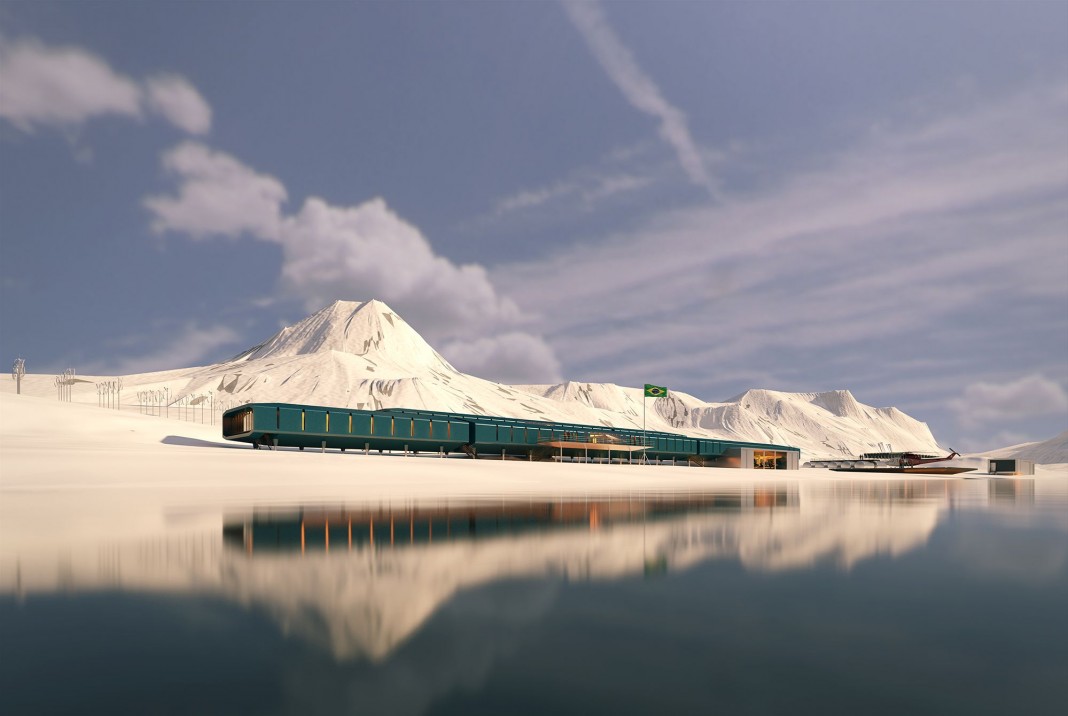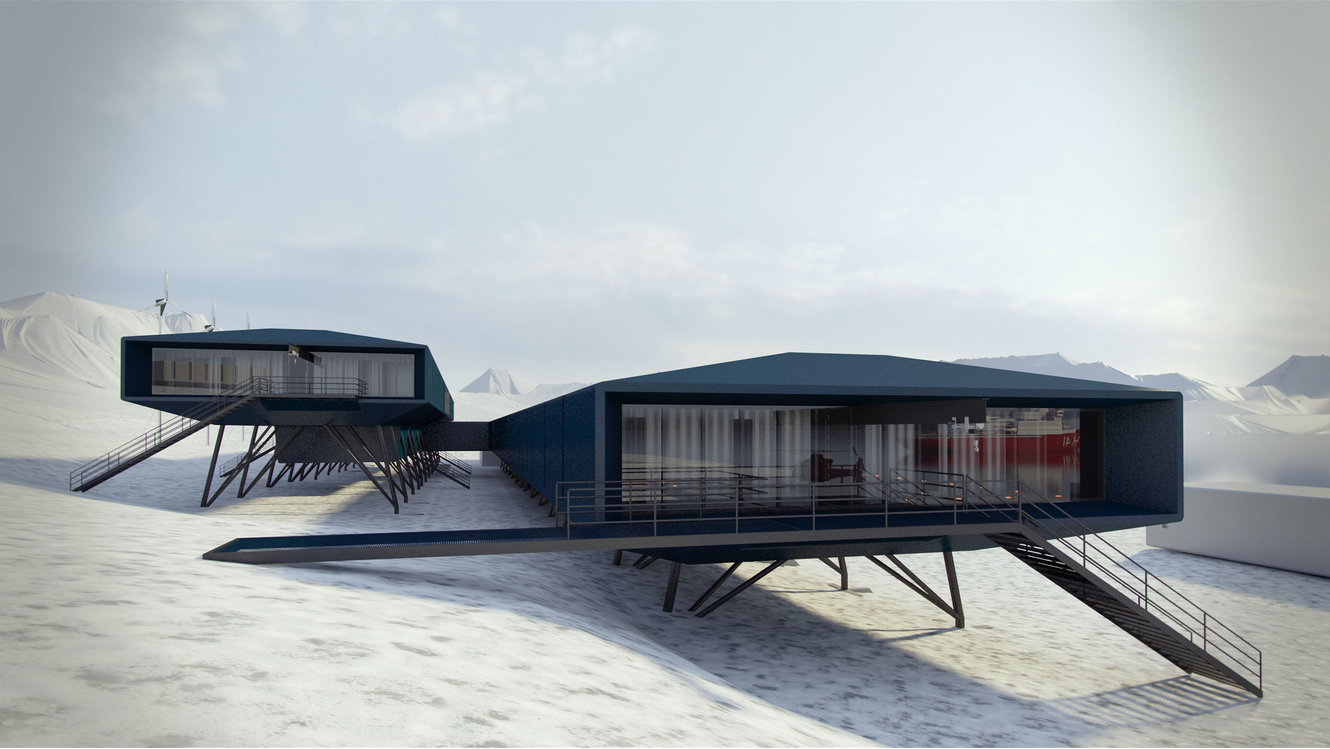RIO DE JANEIRO, BRAZIL – A country where science and peace reign. Nowadays, it seems hard to imagine that such a place exists in the world. But there is. And it is located at the southernmost point of the Earth.
Antarctica is a unique geopolitical entity in the world. On December 1, 1959, 12 countries signed the Antarctic Treaty. The document ended disputes that had existed over portions of land on this vast continent. It cleared the way for free scientific exploration of the region through peaceful international cooperation.
Brazil first signed the treaty in 1975, and in 1983 became a consultative party with voice and vote in decisions affecting the present and future of the continent and its immense natural resources. According to the treaty, to become a consultative member, the country must promote a certain type of research in the region.
So currently, Brazil is part of a select group of 29 countries that maintain scientific stations in Antarctica and can determine the course of all activities related to the exploration of the region.
And this story began precisely in January 1982, exactly 40 years ago, when the Brazilian government created the Antarctic Program (Proantar) and brought the first scientists to the continent aboard the oceanographic vessel W. Besnard.
“This project began under the Geisel government in 1975, with Brazil’s accession to the Antarctic Treaty, and continued in the 1980s with the inauguration of the scientific station, and then passed through all the governments of the democratic period until the present time.
It is certainly one of the most successful governmental actions in the country, unlike the discontinuous national projects we are used to,” said Paulo Câmara, professor at the Institute of Biological Sciences of the University of Brasilia (UnB) and first scientific coordinator of the Comandante Ferraz Antarctic Station (EACF), Brazil’s home on the ice continent.
Câmara was at the station from October to December last year and was among the first Brazilian scientists to enter Antarctica after nearly two years of paralysis from the Covid 19 pandemic.
This disruption of research, which affected virtually all countries on the continent, meant that Brazil was unable to inaugurate the modern scientific laboratories built for the new Comandante Ferraz Station.
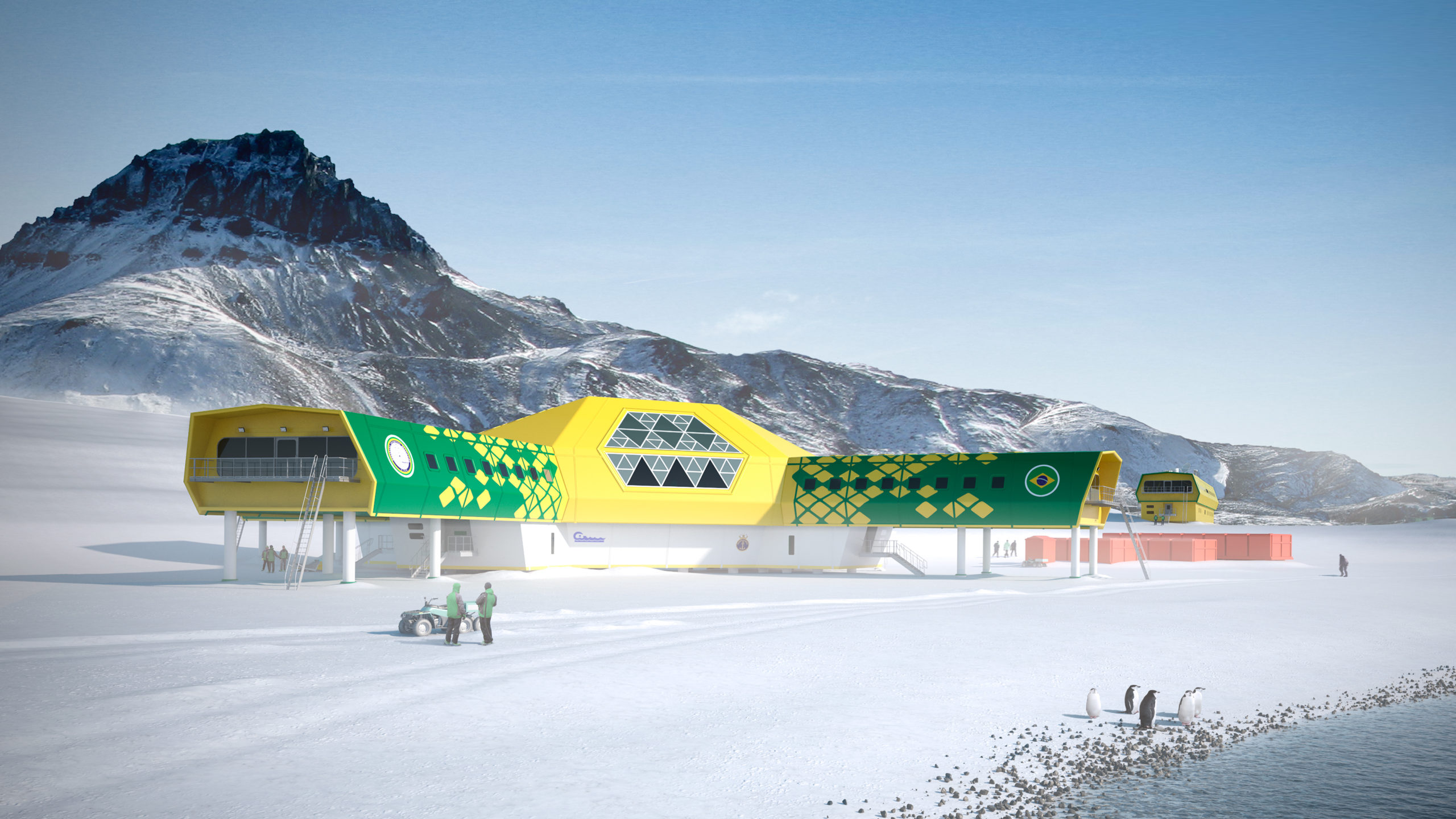
The station, founded in 1984, was hit by a major fire in 2012. The tragedy killed two military personnel and 70% of the facilities were lost. The federal government invested about US$100 million to rebuild, and the unit received the most modern equipment in the world.
The completed base was delivered in early 2020, but there was no time to resume scientific projects because about two months later the global health emergency caused by the new coronavirus was declared.
The researchers’ return to the ice continent was logistically different than before. Due to the constraints of the pandemic, the length of stay was extended from about one month to about three months and now takes place in two stages over the year instead of six.
In addition, scientists were required to stay aboard the Navy’s oceanographic support vessel, the Ary Rongel, for 10 days to maintain quarantine and undergo Covid-19 examinations. People with concomitant illnesses could not travel.
Travel time has also been extended. The previous route was via Punta Arenas in the far south of Chile. Until then, the researchers traveled by plane. Then they would board a ship to cross the stormy Drake Strait to the Antarctic Peninsula, or take another direct flight to the southern continent.
Since Chile was closed, the trip was made by ship from Rio de Janeiro directly to Antarctica, a journey that took about 20 days on the high seas.
STATE-OF-THE-ART STRUCTURE
Covering an area of 4,500 square meters, the new station can accommodate 64 people. The new Brazilian research center in Antarctica has 17 state-of-the-art laboratories.
The base’s rooms, with two beds and private bathrooms, offer researchers and military personnel much more comfort than before.
The station also has 4G Internet access, a video room, meeting rooms, a fitness room, a kitchen, and an ambulance for emergencies.
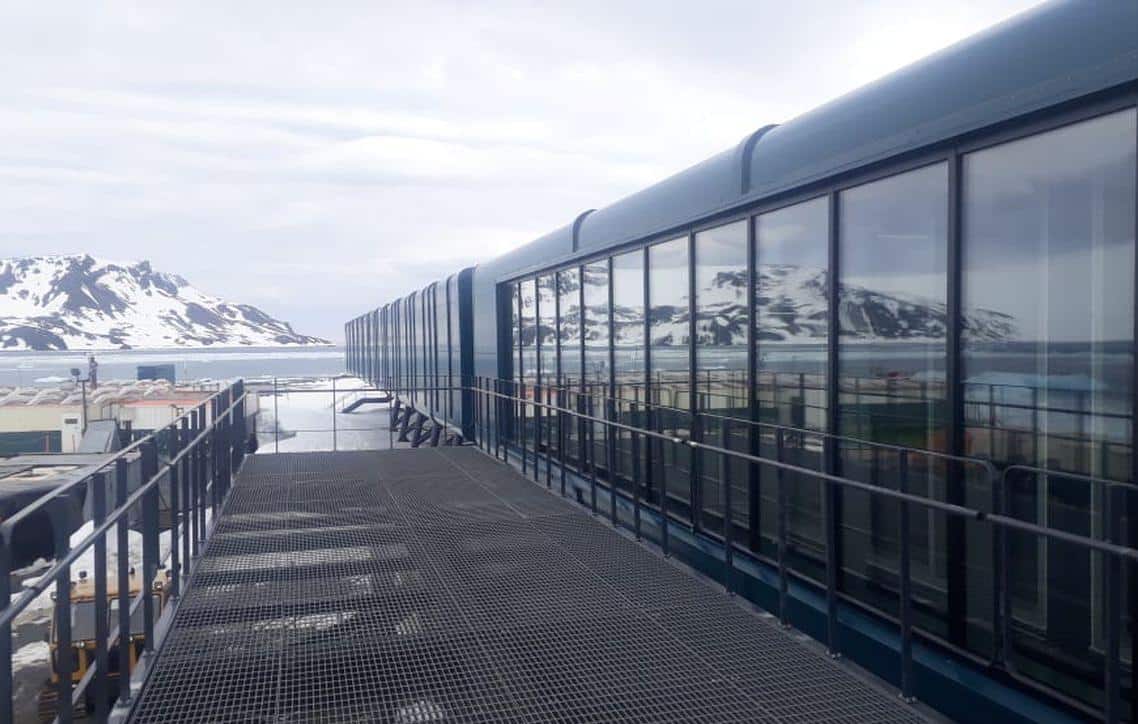
“The facilities are impressive. It’s a level of comfort you didn’t have here before that allows us to process the data we collect here and have a guaranteed sense of well-being. And since everything is still new, it’s a great pleasure to be among the first group of researchers to use all this for their work.
These subsidies and the purpose of being here and doing science make everything seem like a researcher’s dream,” says Dafne Anjos, a tenth-semester biological sciences student at UnB who has been working at Comandante Ferraz Station since November 2021 and is part of the first group to resume research.
Dafne Anjos, who is involved in research on Antarctic mosses, will remain at the base at least until February to collect samples and analyze their composition.
Among the recently reactivated units is the National Institute for Space Research (INPE) meteorological station, nicknamed “Meteor,” which takes automatic measurements directly from the Brazilian base in Antarctica.
Another research facility that has resumed operations is the Very Low Frequency (VLF) module, which conducts studies of electromagnetic propagation in the ionosphere (the upper part of Earth’s atmosphere).
From there, scientists were able to track the total solar eclipse last December. This phenomenon, which occurs when the Sun, Earth and Moon are fully aligned, could only be seen in its entirety from Antarctica.
Fire doors were installed in all units of the station, and smoke detectors and fire alarms were installed. In the rooms housing machinery and generators, the walls are made of particularly resistant material.
In the event of a fire, they can withstand the fire for two hours and prevent it from spreading to other places before the fire department arrives. The station also has a wind power plant that takes advantage of the strong Antarctic winds.
Panels to capture solar energy have also been installed on the base, which will generate electricity, especially in the summer when the Antarctic sun shines more than 20 hours a day.
“We have learned a lot during this process, so today we have an extremely technological and safe station with a set of resources that will allow us to conduct cutting-edge scientific research in Antarctica,” underlines Navy Captain Marcelo Gomes, Undersecretary of Proantar.
The Brazilian research station is structurally and technologically among the most advanced in Antarctica, right after McMurdo Station, the huge U.S. science base that is practically a small city and can house more than 2,000 people, and Amundsen Scott Station at the Earth’s geographic South Pole, also controlled by the North Americans.
KEY TO THE FUTURE
Antarctica is considered the planet’s most important thermoregulator because it controls atmospheric and oceanic circulations, affecting climate and conditions for life on Earth. It also has the largest ice (90%) and freshwater (70%) reserves in the world, as well as countless mineral and energy resources. Its size is also impressive: at more than 14 million square kilometers, it is almost twice the size of Brazil’s national territory (8.5 million square kilometers).
For Brazil, considered Antarctica’s seventh closest neighbor, exploring and understanding its natural phenomena is literally a matter of survival in the future.
“Antarctica is warming, and this is causing disturbances in its atmosphere. These ocean currents, which stretch from Antarctica to Brazil, guarantee, for example, the water quality that allows fish to develop off our coasts.
It also affects the precipitation regime, as the cold, dry air mass from Antarctica rises toward South America, where it meets the warm, moist air mass from the Amazon. The balance of this flow, where sometimes one outweighs the other, guarantees the alternation of periods of drought and rain, which are essential for agriculture to function,” explains Paulo Câmara.
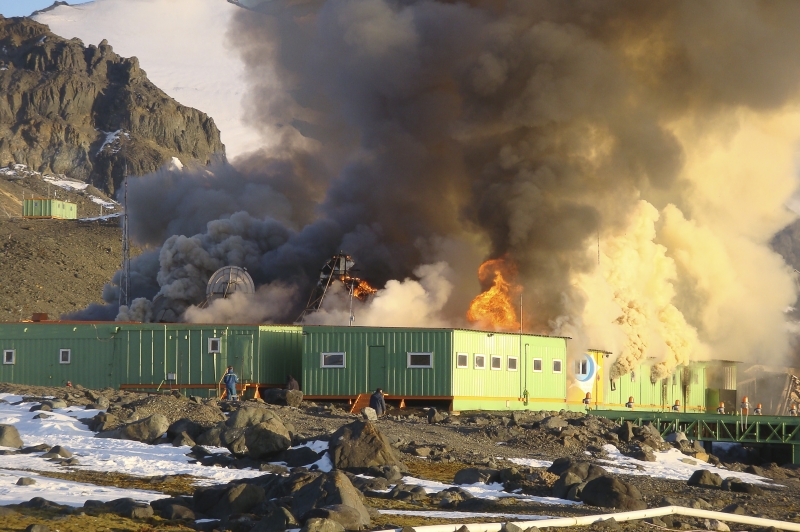
The scientific coordinator of the Brazilian station in Antarctica also cites other important research being conducted on the frozen continent. One of them is studying species of fungi endemic to the region that could be used in the development of fungicides to combat Asian rust, a disease caused by a different type of fungus that is affecting agriculture worldwide and causing billions of dollars in losses to crops such as soybeans.
With the accelerating pace of climate change and the depletion of our planet’s resources, Antarctica will be the talk of the town in just a few decades. “Antarctica is the last stronghold of natural resources on Earth; it is a reserve for humanity,” Câmara stresses.


